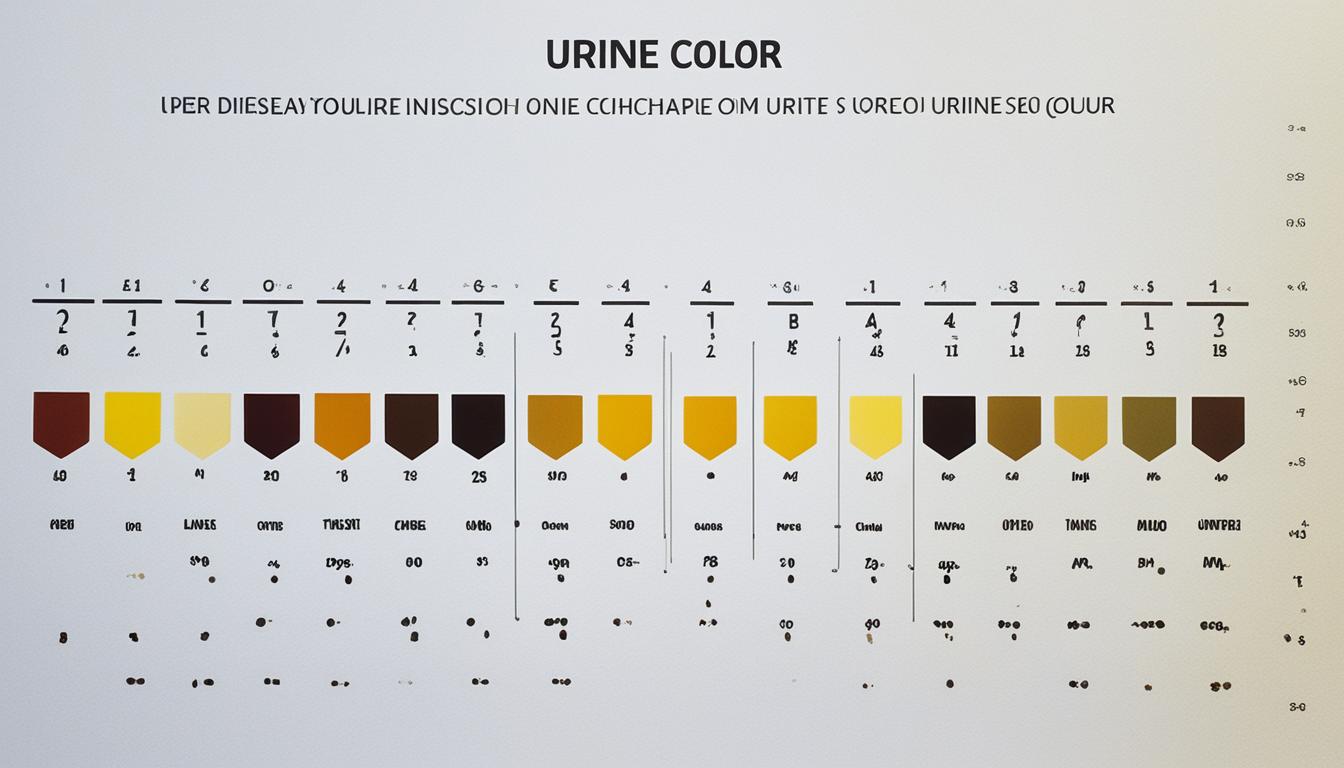Glomerulonephritis is a disease that causes kidney inflammation. It’s often linked to infections, autoimmune issues, and some medicines. The signs can be seen in swelling, higher blood pressure, a changing urine hue, back pain, and fever. Without treatment, it might lead to lasting kidney or total kidney failure.
Tackling glomerulonephritis usually means taking meds to lower blood pressure and quiet the body’s responses. Some people might need dialysis or a new kidney. Sadly, these measures aren’t always very effective and can bring on strong side effects. That’s why stem cell therapy is looked at with hope. It’s a chance to mend kidney injuries and boost how well the kidneys work. Stem cells are special because they can become kidney cells. They also calm down the immune system, fight swelling, and stop harmful scarring and stress on tissues.
This innovative method gathers stem cells from a sick person’s blood, fat, or the marrow inside their bones. After growing more of these cells outside the body, they’re put back in. This action seems to be safe and without big drawbacks. Plus, early tests hint it might really help patients.
Key Takeaways:
- Glomerulonephritis is a disease that causes inflammation in the kidneys.
- Symptoms of glomerulonephritis include swelling, increased blood pressure, changes in urine color, lower back pain, and high body temperature.
- Treatment options for glomerulonephritis include medications, diuretics, hemodialysis, and kidney transplantation.
- Stem cell therapy is an emerging treatment option for glomerulonephritis, with the potential to repair kidney tissue and improve kidney function.
- Stem cells can differentiate into renal cells, have anti-inflammatory and immunomodulatory effects, and can inhibit tissue scarring and oxidative stress.
Types and Symptoms of Glomerulonephritis
Glomerulonephritis comes in two types: acute and chronic. Acute glomerulonephritis starts fast and often links to infections or the body’s immune response. People with this type can experience swelling, higher blood pressure, and changes in their urine’s color.
Chronic glomerulonephritis sets in slow and its early signs are not always clear. They may include feeling tired, losing appetite, swelling, and having higher blood pressure. Over time, it can lead to kidney function problems.
If you notice these symptoms, especially if you’ve had infections or have autoimmune illnesses, see a doctor. Also, a history of glomerulonephritis in your family or conditions like diabetes should prompt a check-up.
Diagnosis and Treatment of Glomerulonephritis
Glomerulonephritis, a kidney disease, can be found with several tests. These tests include looking at the urine, blood tests, and taking small samples of the kidney for closer look. They also use ultrasound to see the kidneys. All these tests help to understand how well the kidneys are working and if they are damaged.
The treatment for glomerulonephritis combines medicines and sometimes the use of a machine to help the kidneys clean the blood (hemodialysis). If the kidneys are very damaged, someone might need a new kidney. This is where healthy kidney surgery comes in, using a kidney from someone else to replace the damaged one.
However, there’s a new hope with stem cell therapy. This therapy is promising because it uses cells that can turn into kidney cells. They also help reduce inflammation, fight bad reactions from the body’s defense system, and stop tissues from getting too scared. This all helps the kidneys work better.
First, a special type of cell is taken from the patient’s bone or fat tissue, or their blood. Then, doctors grow more of these cells in the lab. Finally, these new cells are put back into the patient’s body. This treatment seems to be safe and improves the kidneys in many people.
If you want to know if stem cell therapy is right for you, talk to a doctor who knows a lot about it. Such a doctor can look at your situation and give advice based on what you need.
| Diagnosis | Treatment | Stem Cell Therapy |
|---|---|---|
| Urinalysis | Medications to reduce blood pressure and inflammation | Repair damaged kidney tissue |
| Blood analysis | Diuretics to control fluid levels | Improve kidney function |
| Kidney biopsy | Hemodialysis in severe cases | Exert anti-inflammatory and immunomodulatory effects |
| Ultrasound examination of the kidneys | Kidney transplantation in end-stage renal disease | Inhibit tissue scarring and oxidative stress |
References:
- [glomerulonephritis diagnosis]: National Institute of Diabetes and Digestive and Kidney Diseases. “Glomerulonephritis.” https://www.niddk.nih.gov/health-information/kidney-disease/glomerular-diseases/glomerulonephritis
- [glomerulonephritis treatment]: Mayo Clinic. “Glomerulonephritis.” https://www.mayoclinic.org/diseases-conditions/glomerulonephritis/diagnosis-treatment/drc-20355707
- [stem cell therapy for glomerulonephritis]: Liu J, Huang Z, Pei X, et al. “Stem cell therapy for chronic kidney disease.” Adv Exp Med Biol. 2018;1086:113-135. doi: 10.1007/978-981-13-1117-8_6
Conclusion
Glomerulonephritis is a frequently seen disease. If not treated, it could lead to severe kidney issues. The usual treatments come with limits and side effects.
But, stem cell therapy shows new hope. These cells can fix damaged kidney parts and boost their job. They also reduce inflammation and immune reactions. Plus, stem cells fight off scar formation and stress from oxidation.
Stem cell therapy looks very promising for glomerulonephritis. It is safe and well-accepted. If this kidney disease treatment catches your interest, talking to a doctor is a good step. They can help find the right plan for you.

